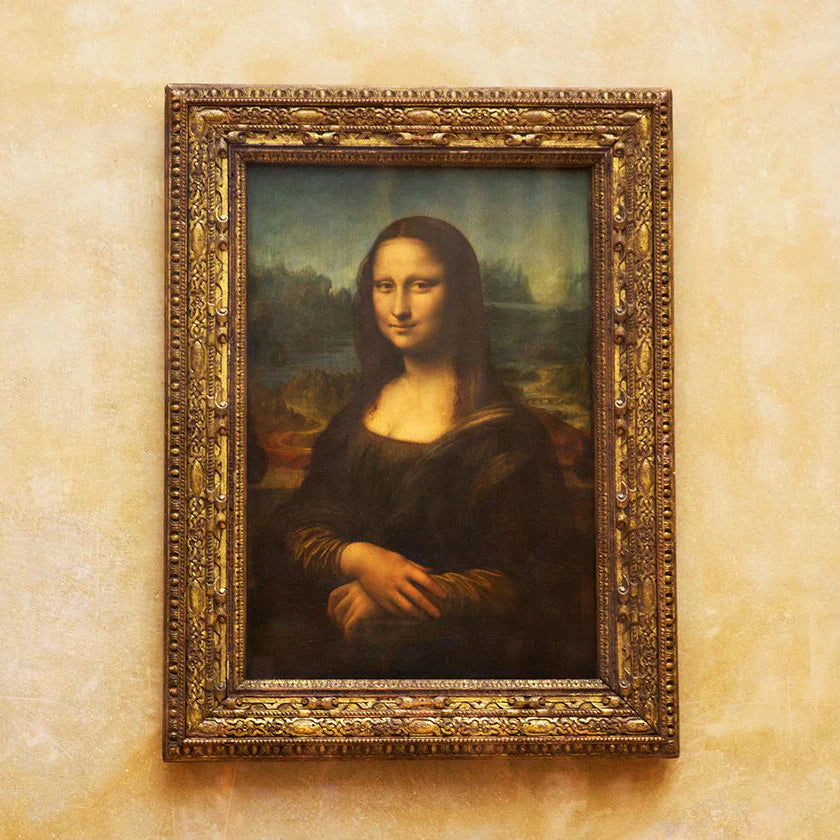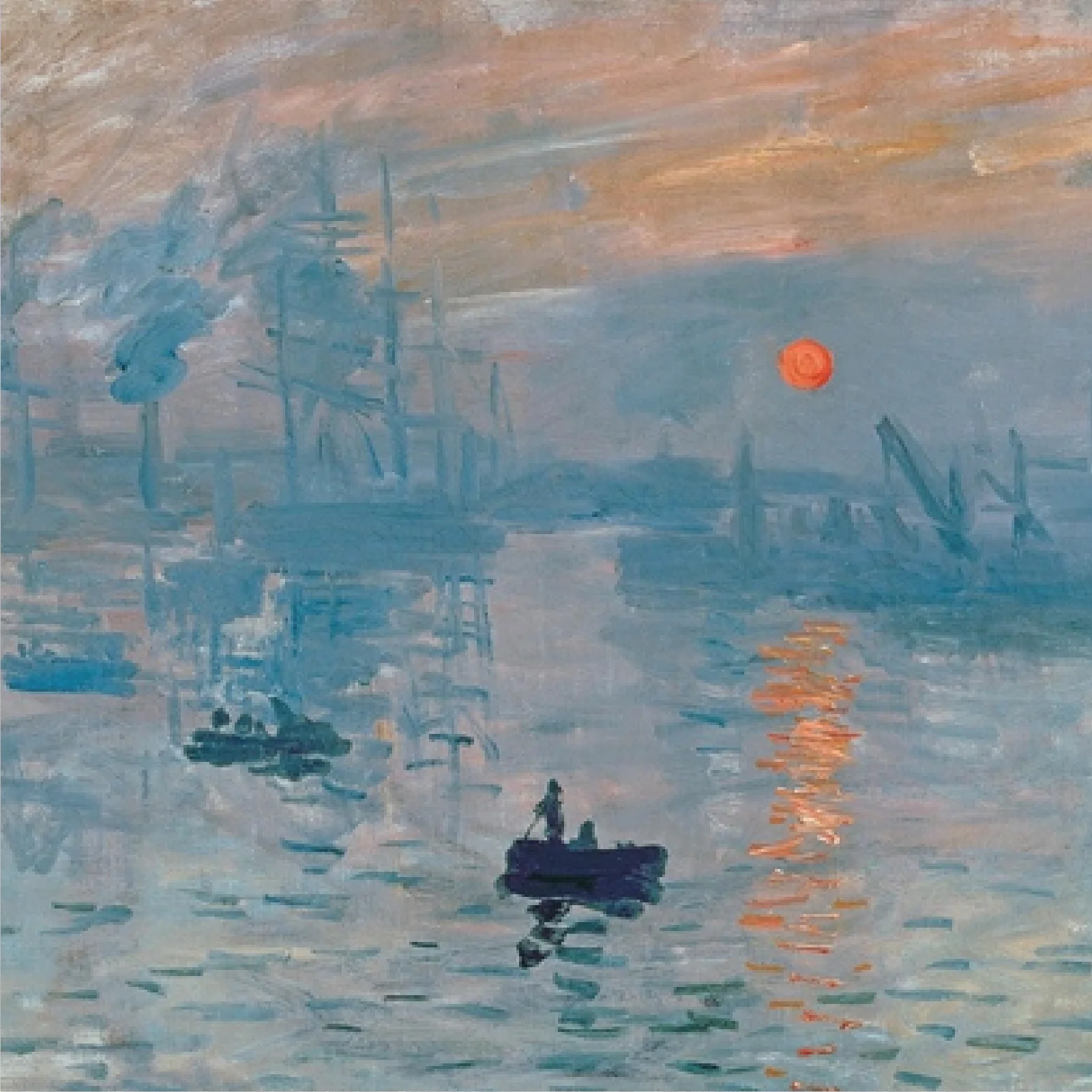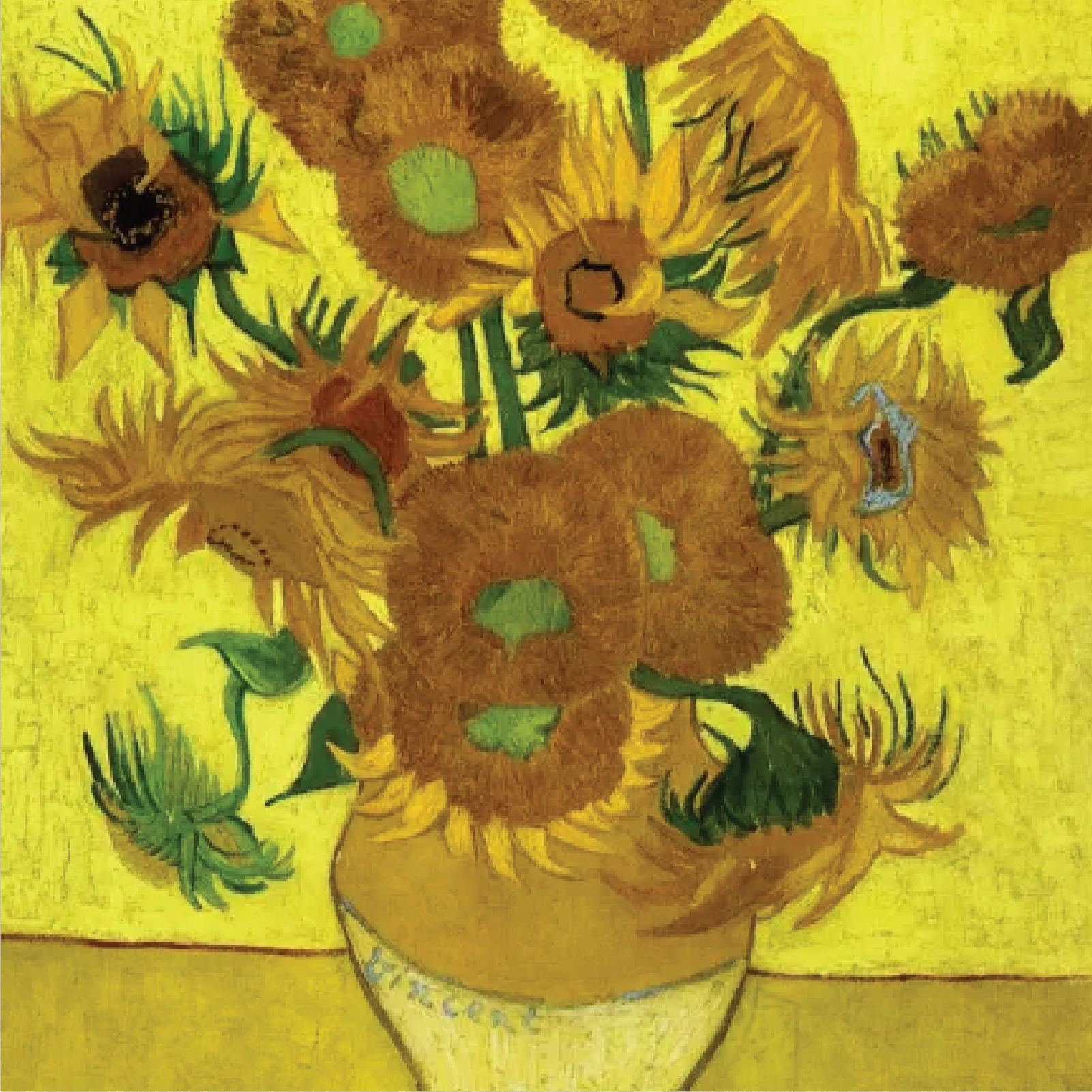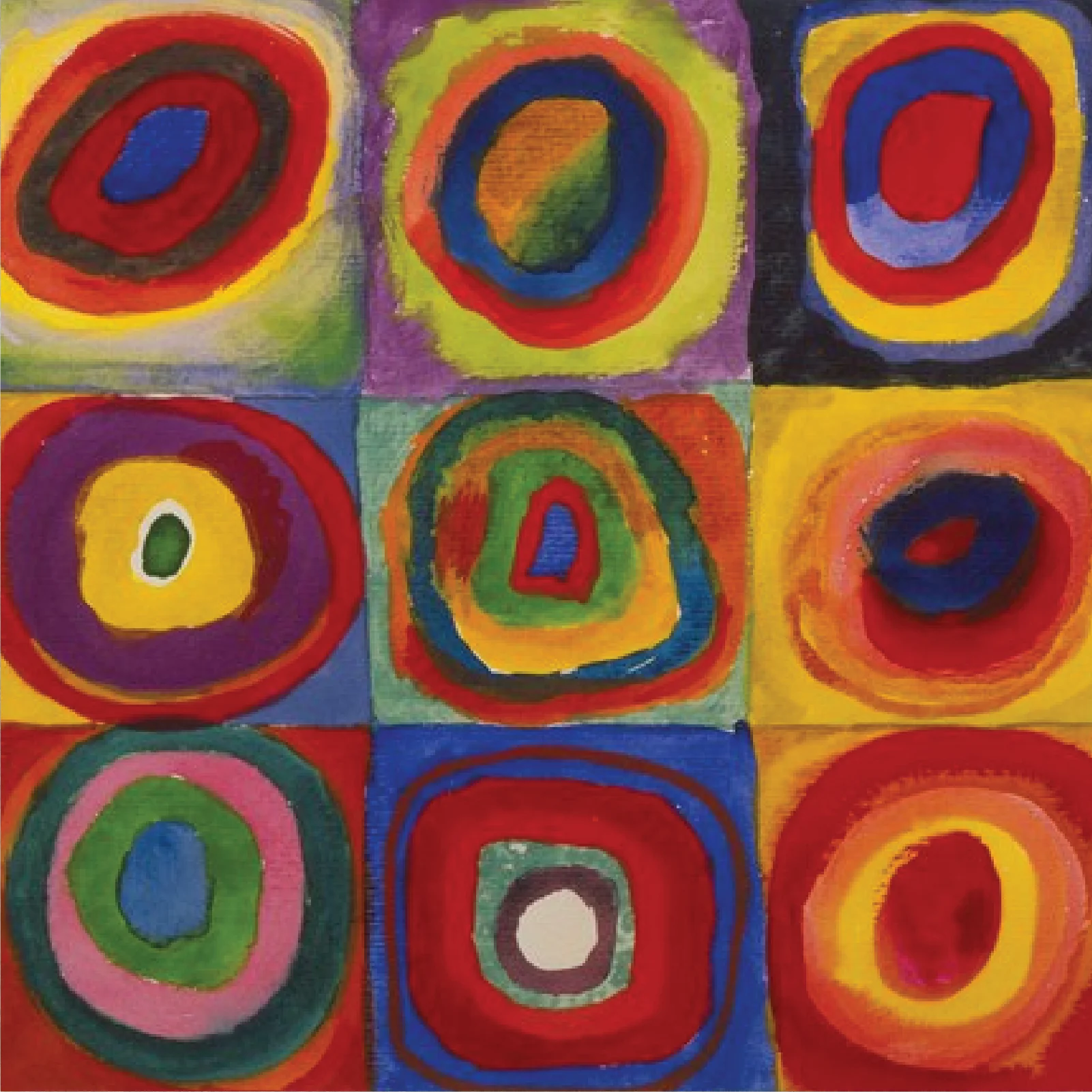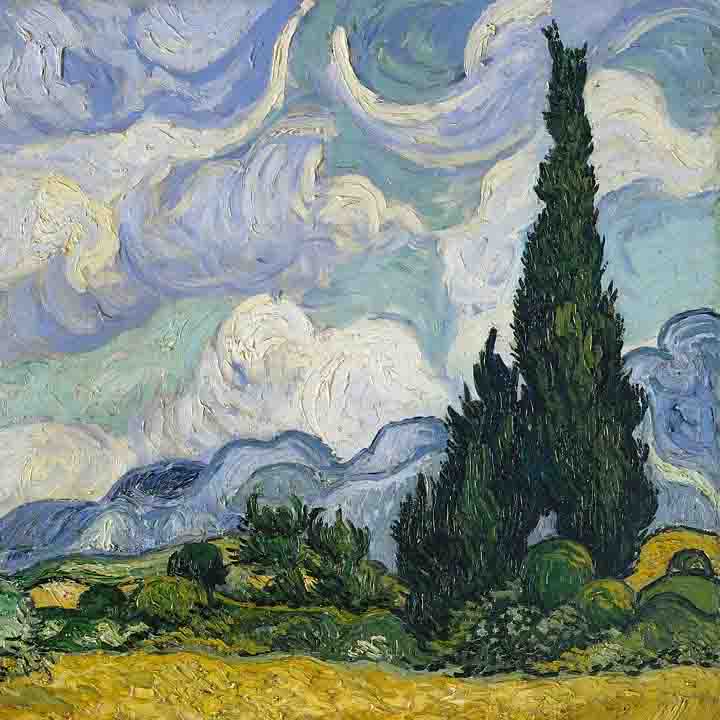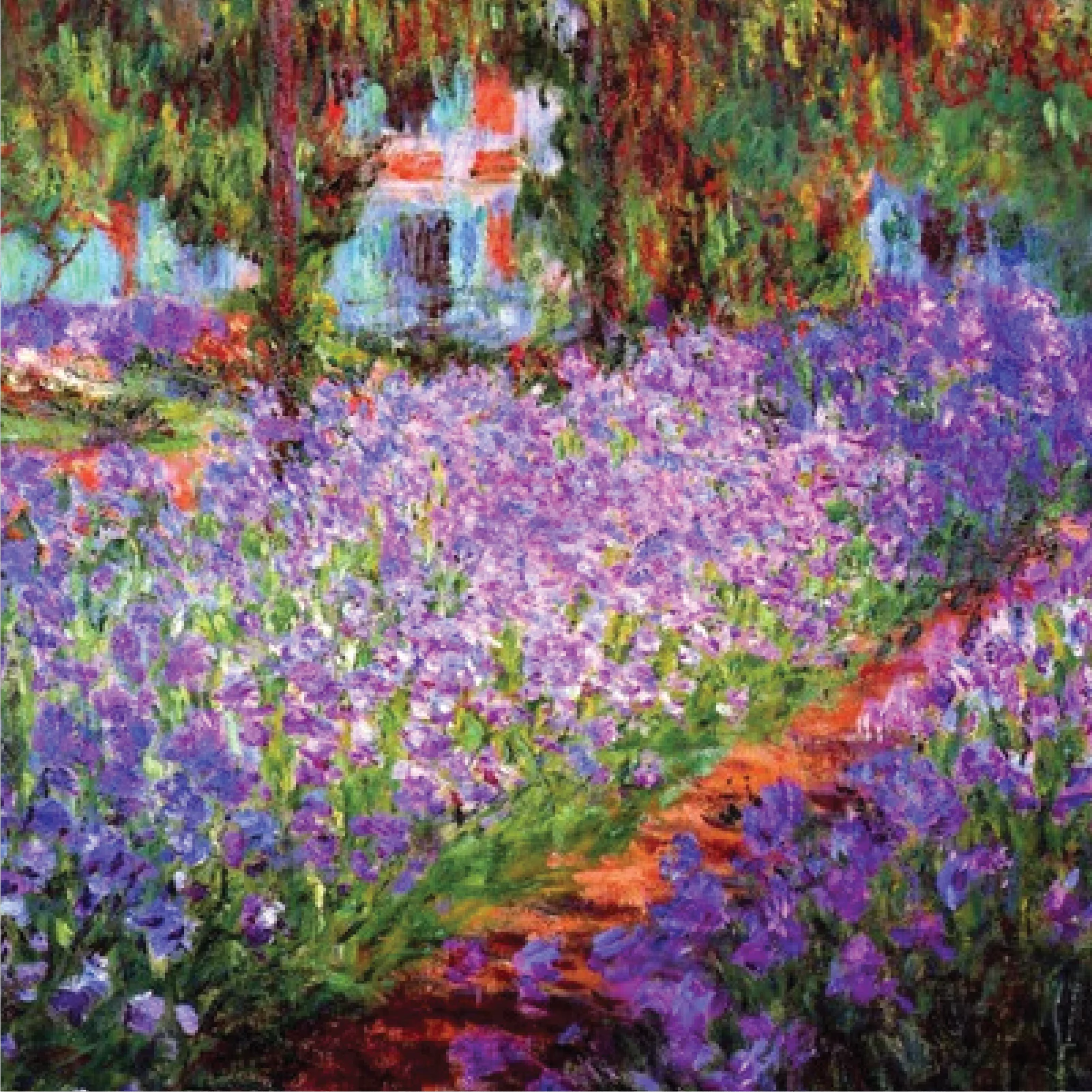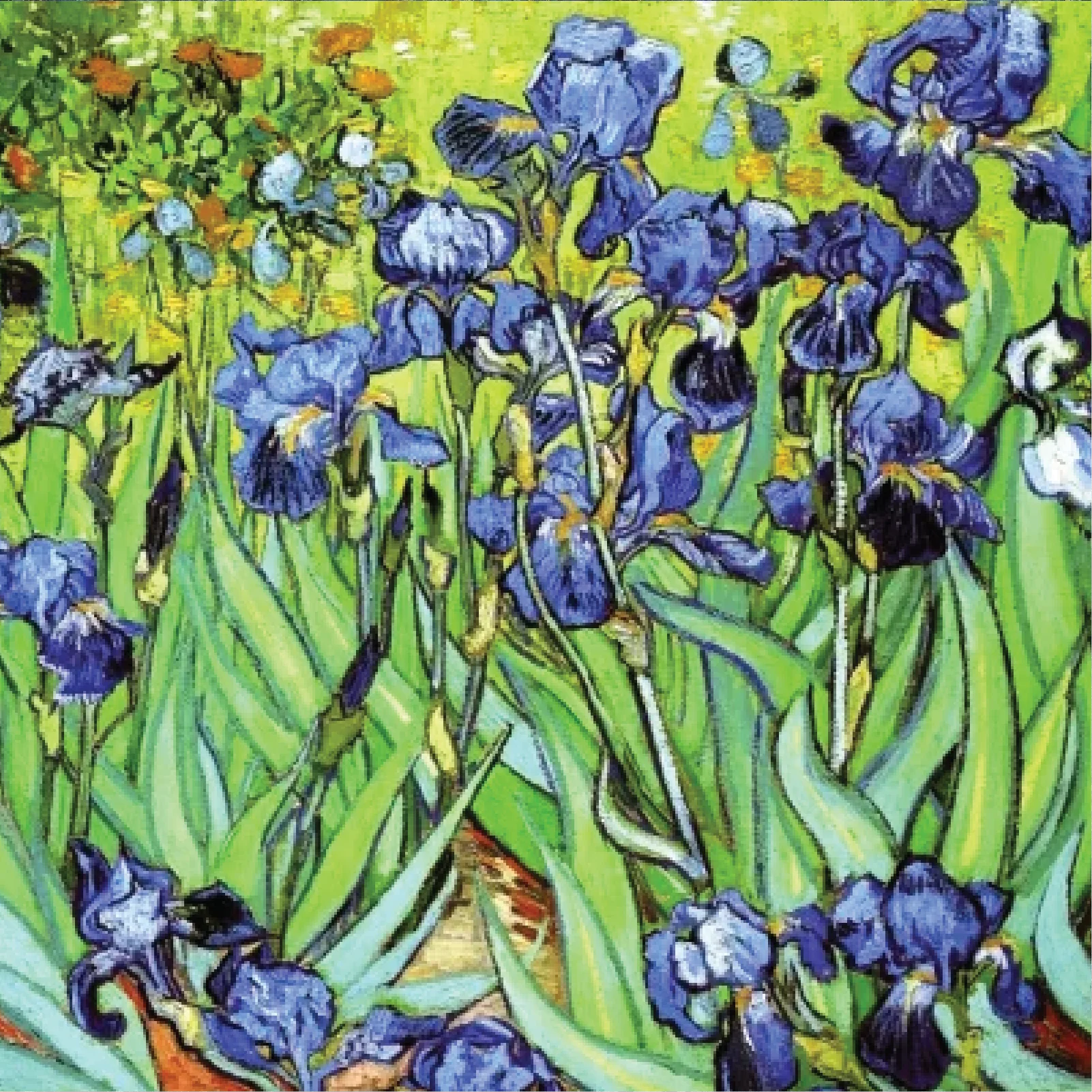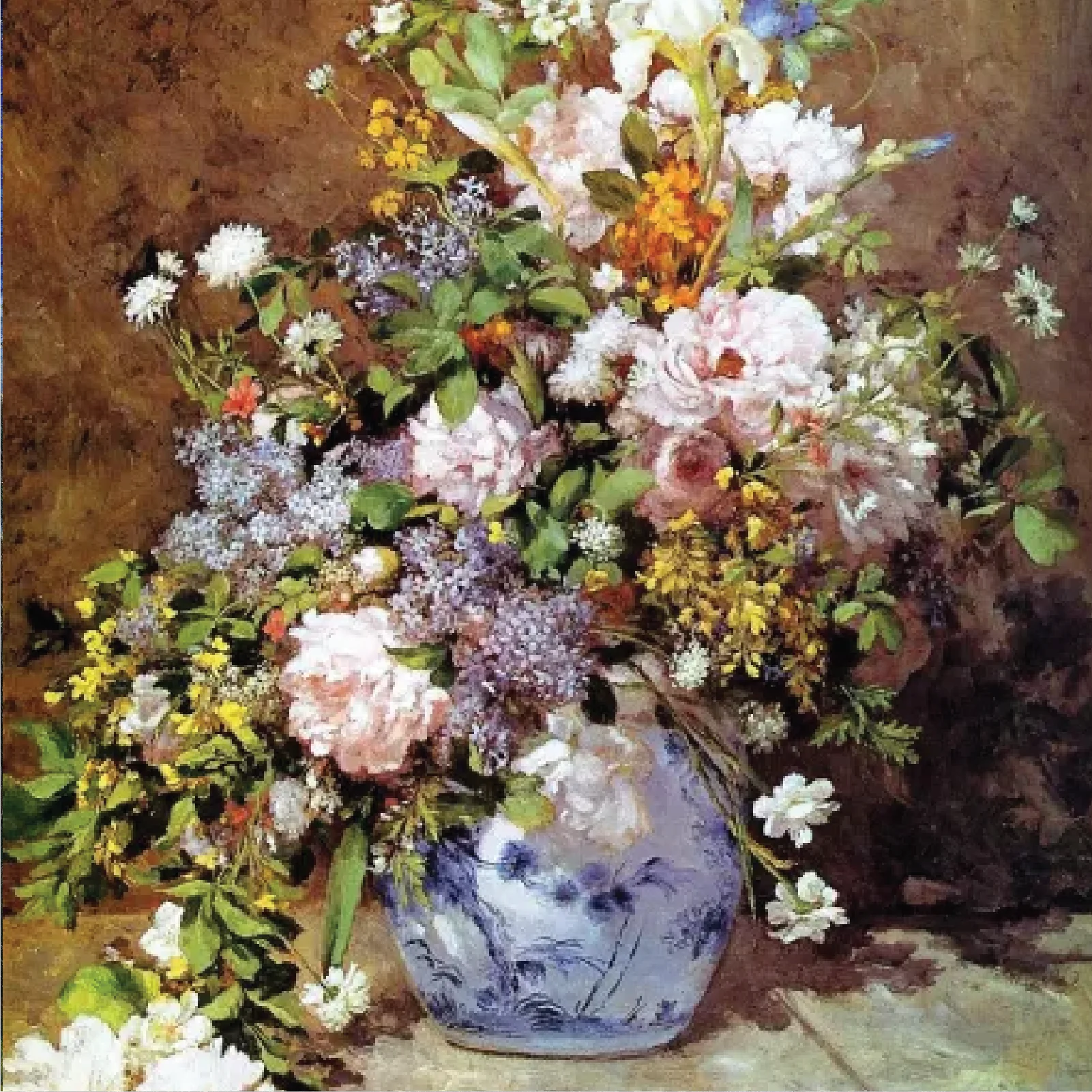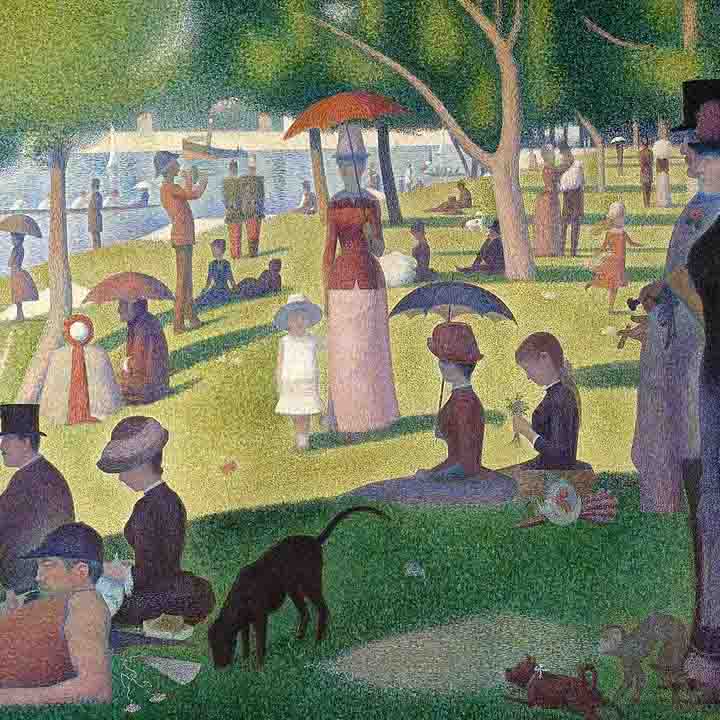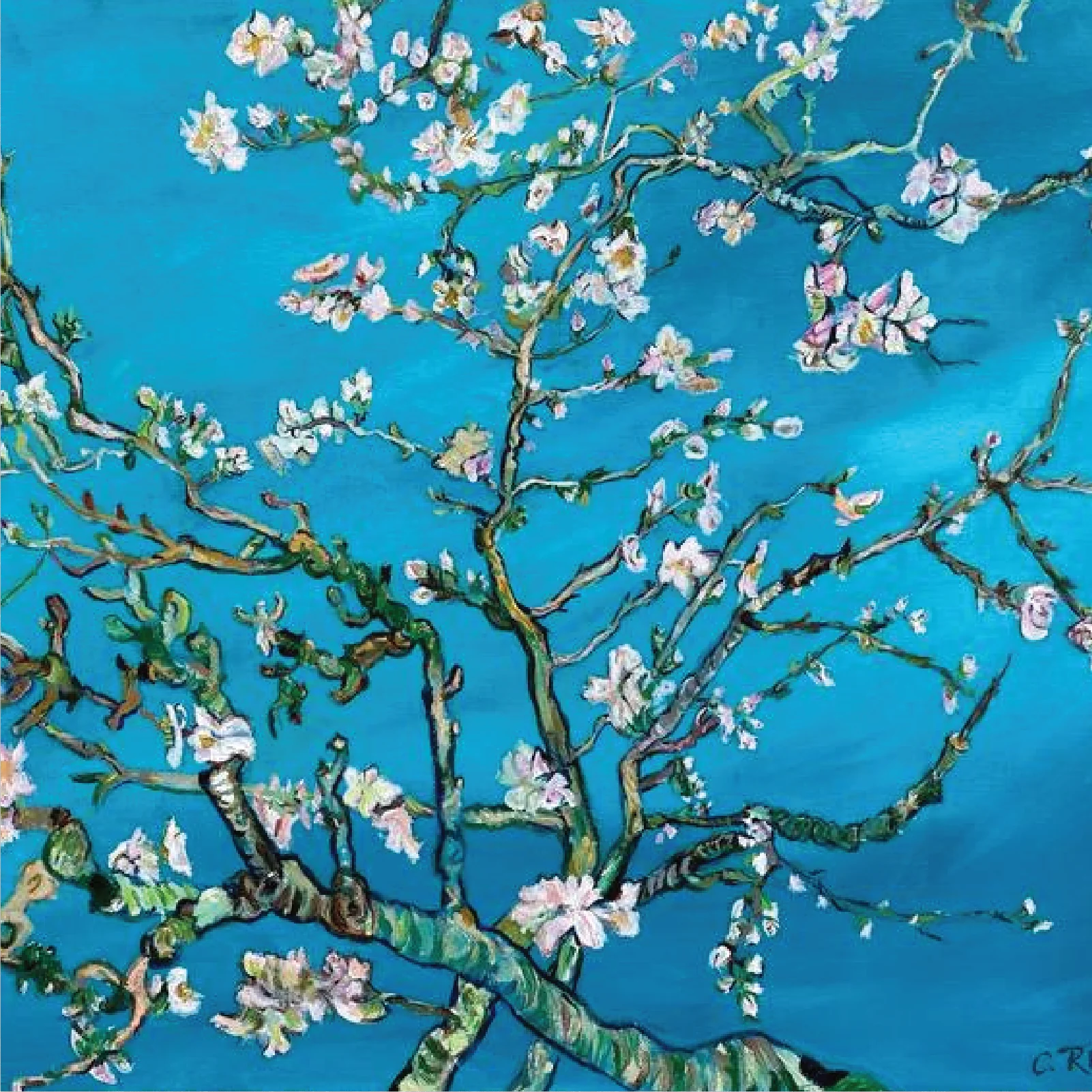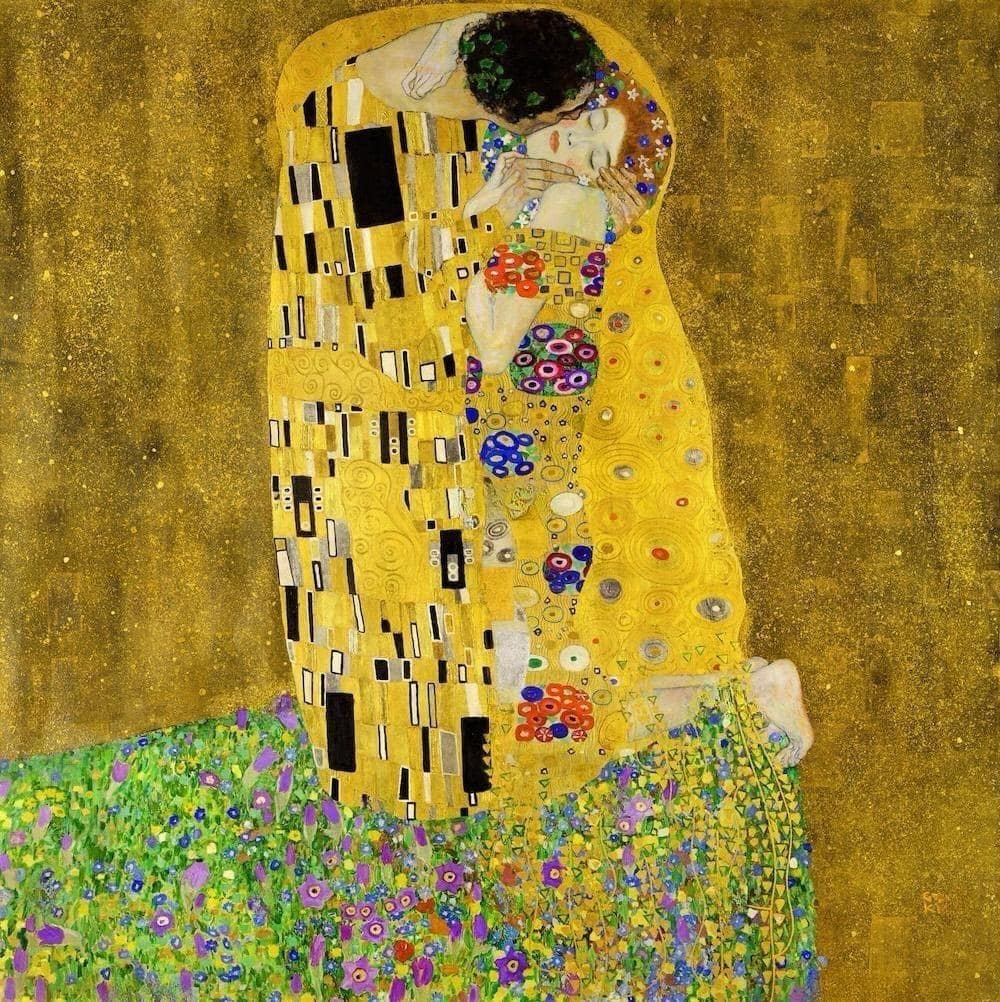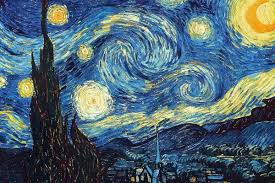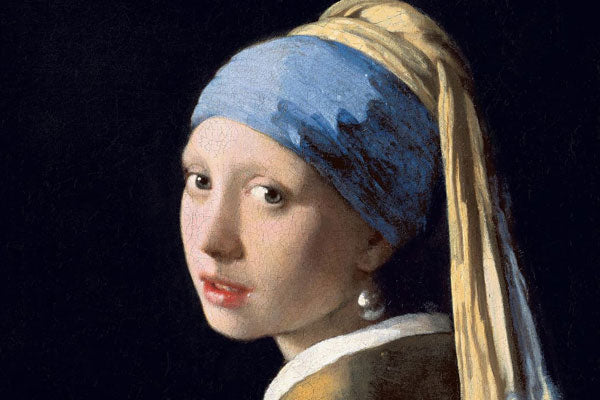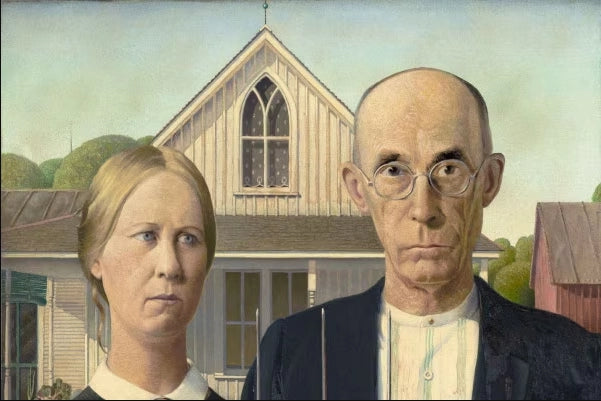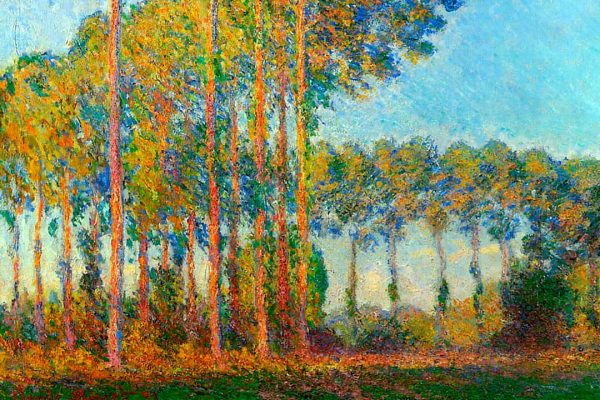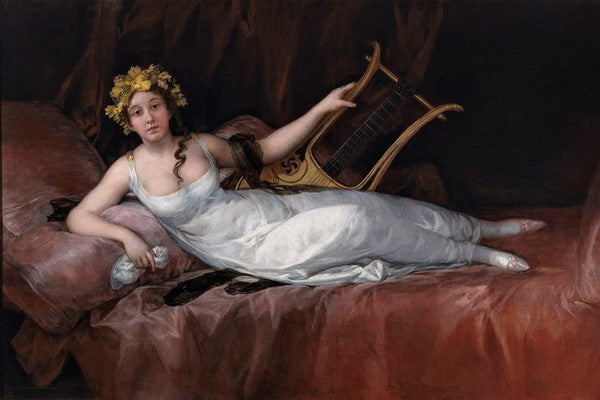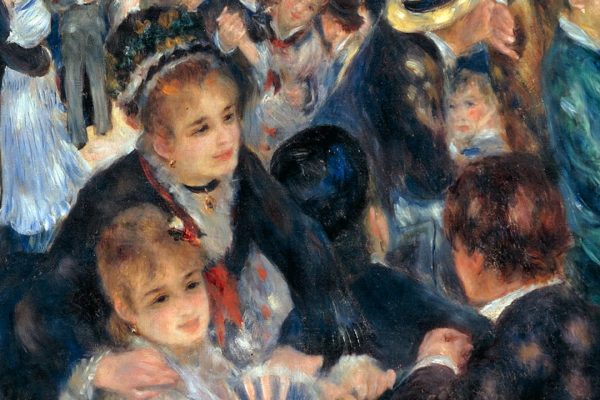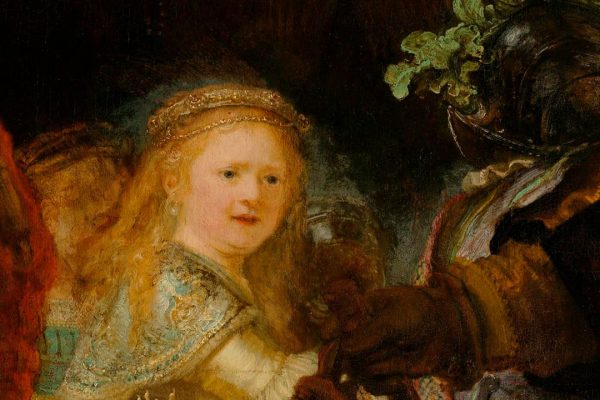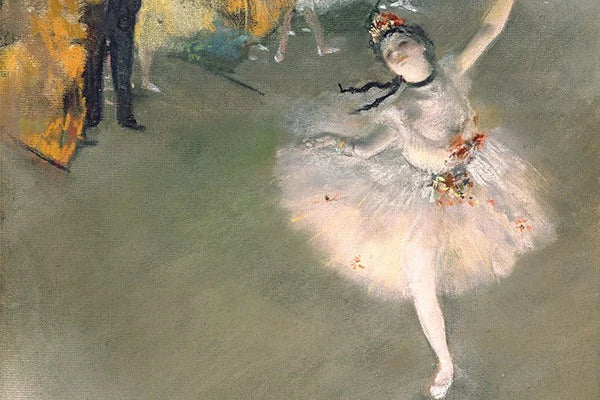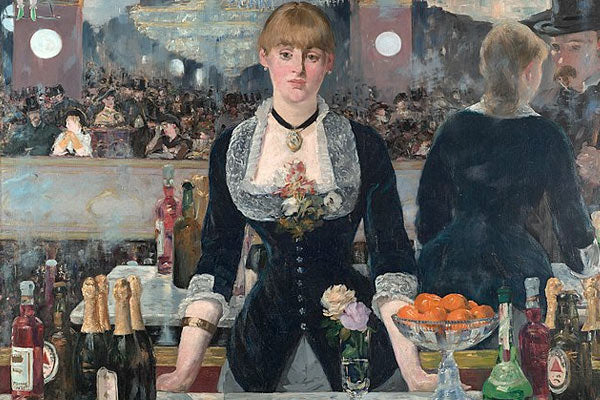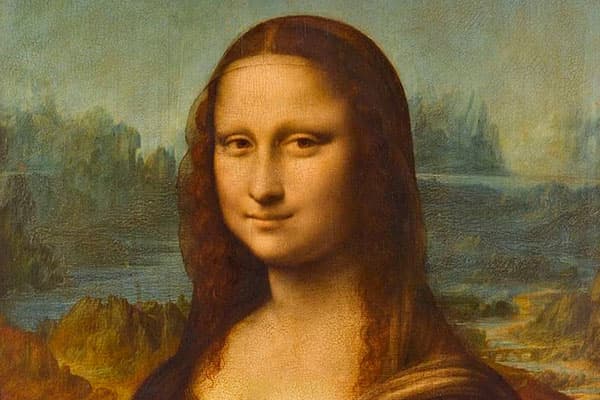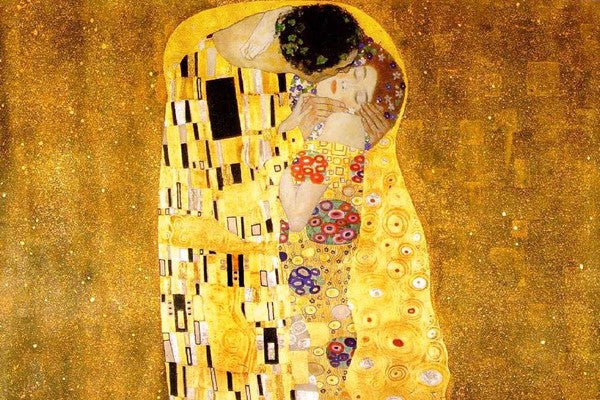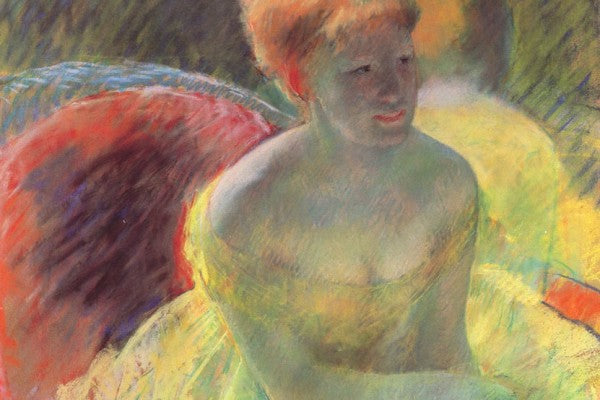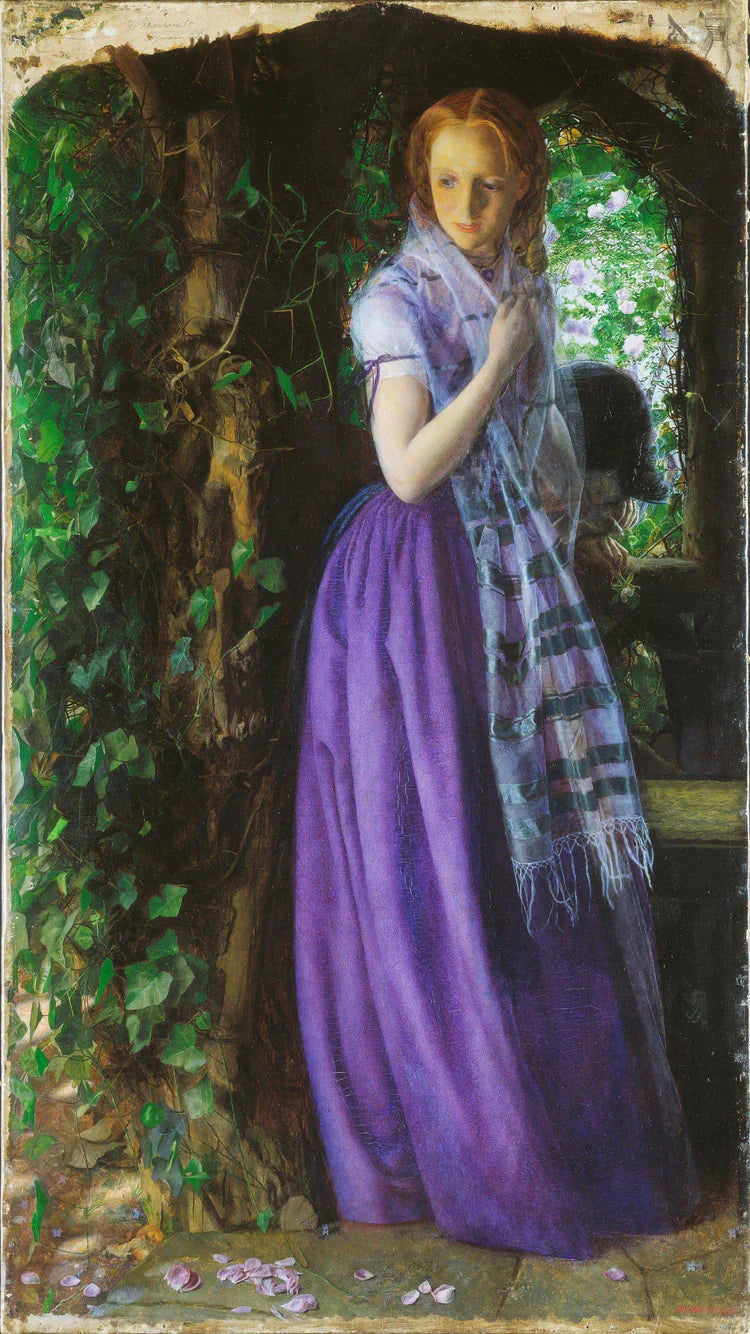The art world is full of real paintings, fake paintings, and reproductions that look deceptively authentic. Whether you’re an art collector, an investor, or just someone passionate about fine art, knowing how to determine if a painting is real or fake is essential.
From Picasso to Van Gogh, our expert artists recreate famous paintings with precision. Start your collection today!
Many forgeries are convincing, and even experienced buyers can struggle to tell whether a painting is authentic. However, with careful inspection and expert verification, you can determine whether a painting is an original painting or just a print.
1. Examine the Surface Texture and Brushstrokes
One of the easiest ways to tell if a painting is real or fake is to inspect its surface texture and brushstrokes.

What to Look For in an Original Painting:
✅ Visible and varied brushstrokes—A painter’s hand is never perfectly uniform, so strokes will have natural variation.
✅ Impasto technique—Thicker layers of paint create texture, a hallmark of original art.
✅ Craquelure—Older paintings, especially from the 17th century, develop a natural network of fine cracks in the paint layer.
Signs of a Fake Painting:
🚫 Flat and smooth surface—If the surface looks too perfect, it may be a print rather than an original painting.
🚫 Dot patterns—A fake painting created using a printer may show a repetitive dot structure when viewed under a magnifying glass.
2. Check the Signature and Artist Details
A forged signature is a common issue in fake art. To verify a painting’s authenticity, compare the signature to known examples of the artist’s work.
How to Verify a Signature:
✅ Compare it with the artist’s known signatures in catalogues raisonnés (official records of an artist’s works).
✅ Check for age consistency—A genuine signature should appear naturally aged with the painting.
🚫 Red Flag:
-
If the signature looks added on top of the surface of a painting, it might be a forgery.
3. Investigate Provenance and History
A painting’s provenance (its history of ownership) can determine whether a painting is authentic.
Key Provenance Indicators:
✅ Certificates of authenticity from reputable art dealers, galleries, or an auction house like Christie’s.
✅ Ownership records tracing the piece back to its original artist.
✅ Museum or gallery exhibition history—A painting that has been displayed in a museum is more likely to be authentic.
🚫 Warning Signs of a Fake Painting:
-
No provenance or history of past sales.
-
Forger techniques that artificially age a painting to make it seem older than it is.
4. Analyze the Medium and Materials Used
Different types of painting require different materials, and forgers sometimes use commonly used modern materials to create fakes.

Original Paintings Usually Feature:
✅ Oil or acrylic on canvas—A genuine work of art will show variation in pigment depth and layering.
✅ Impasto (thickness of paint)—Authentic pieces often have a buildup of layers of paint.
✅ Watercolour paper or wood panels—Some older works were painted on alternative surfaces.
Fake Painting Clues:
🚫 Prints often look too perfect—If a painting has no variation in thickness of paint, it may be a print.
🚫 Acrylic used to create an oil painting effect—Acrylic dries faster than oil, so forgers sometimes use modern paints that don’t match historical techniques.
5. Use Infrared Reflectography and UV Light for Deeper Analysis
Technology like infrared reflectography and UV light can help experts uncover whether a painting is original or a reproduction.
🔍 Infrared reflectography reveals underlying sketches and corrections, often present in a painter’s original work.
🔍 UV light can detect varnish inconsistencies and newer paints that glow differently than older materials.
🚫 Warning Sign:
-
If the painting lacks underdrawings or signs of artist’s creative process, it might be a copy.
6. Consult an Appraiser or Art Historian
If you’re unsure about a painting’s authenticity, consult an expert appraiser, art historian, or visit a major auction house.
Who Can Help?
✅ Art dealers—They can compare similar works and determine whether a painting is real.
✅ Auction houses (Christie’s, Sotheby’s, etc.)—They specialize in verifying fine art.
✅ Art historians—They have extensive knowledge of styles and materials.
🚫 Red Flag:
-
A seller who refuses to provide authentication or provenance.
7. ART&See: The Best Source for Oil Painting Reproductions
At ART&See, we specialize in high-quality oil painting reproductions that capture the beauty of original paintings while maintaining full transparency. Unlike forgers who attempt to pass off fake art as real, we proudly offer reproductions crafted with real oil paint on canvas.
If you’re looking for timeless artwork without the risk of buying a fake, our skilled artists recreate masterpieces with precision and care. Every work of art is made using the finest materials, ensuring a museum-quality finish that is difficult to tell apart from originals.
8. How to Tell If a Painting Is Real or Fake: Final Tips
To determine if a painting is an original or a reproduction, always take a careful and methodical approach.
Checklist for Spotting a Fake Painting:
✅ Inspect the texture and brushstrokes—Real paintings have visible depth and texture.
✅ Examine the signature and details—Compare it to known samples of the artist’s work.
✅ Verify provenance—Look for records from dealers, galleries, or a museum.
✅ Analyze materials and pigments—Older paintings used different pigments than modern forgeries.
✅ Use infrared and UV analysis—This can reveal hidden layers and inconsistencies.
✅ Consult an expert appraiser—They can help determine whether your painting is authentic.
Whether you’re considering an antique painting, a 17th-century masterpiece, or a modern collectible, taking the time to determine whether a painting is real or fake can save you from costly mistakes.
Have you ever encountered a fake painting? Share your experience in the comments!
